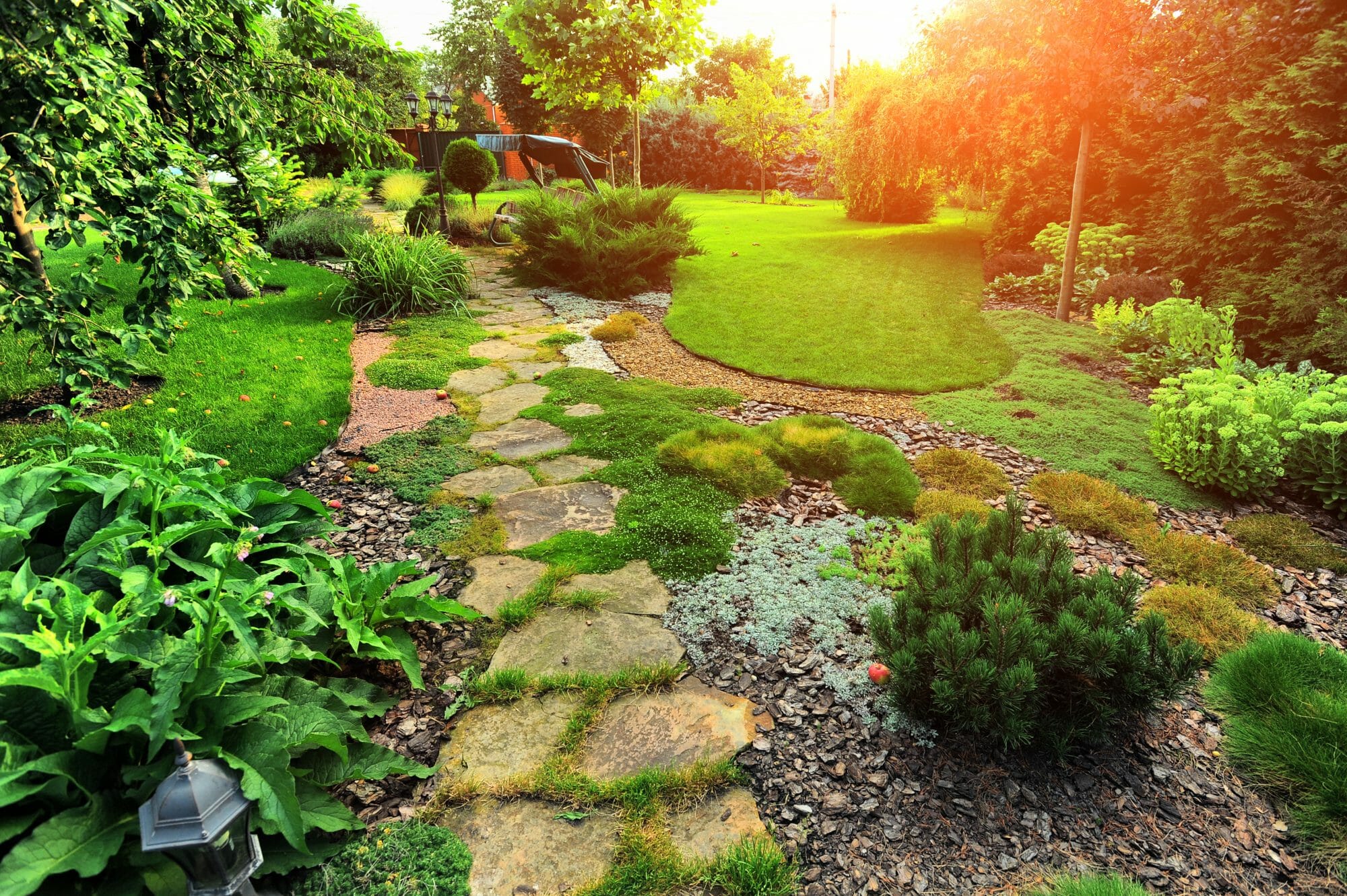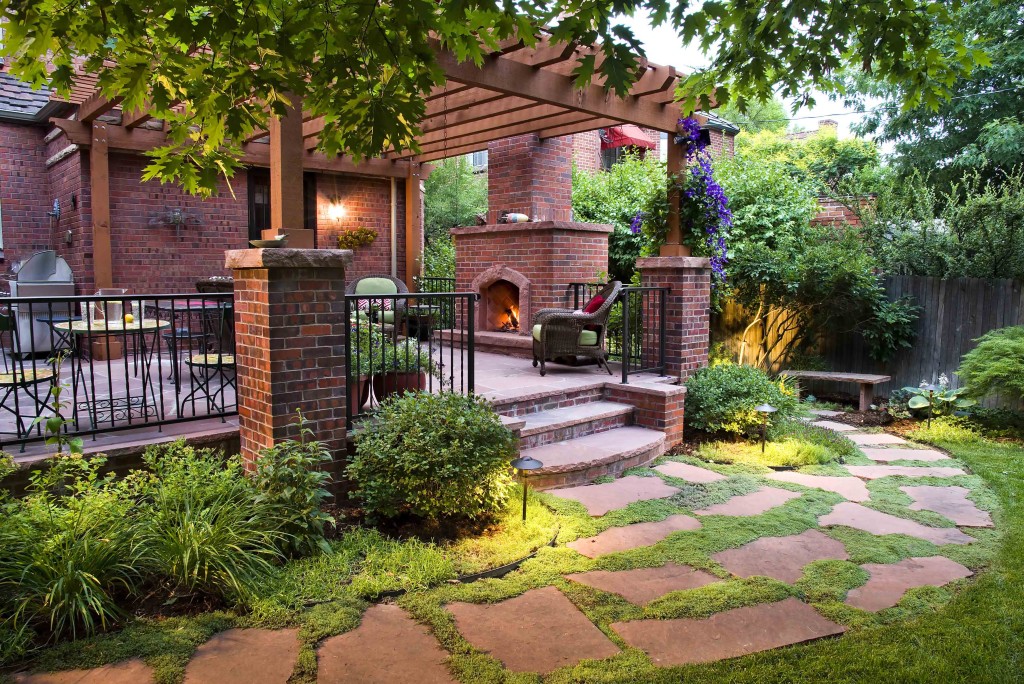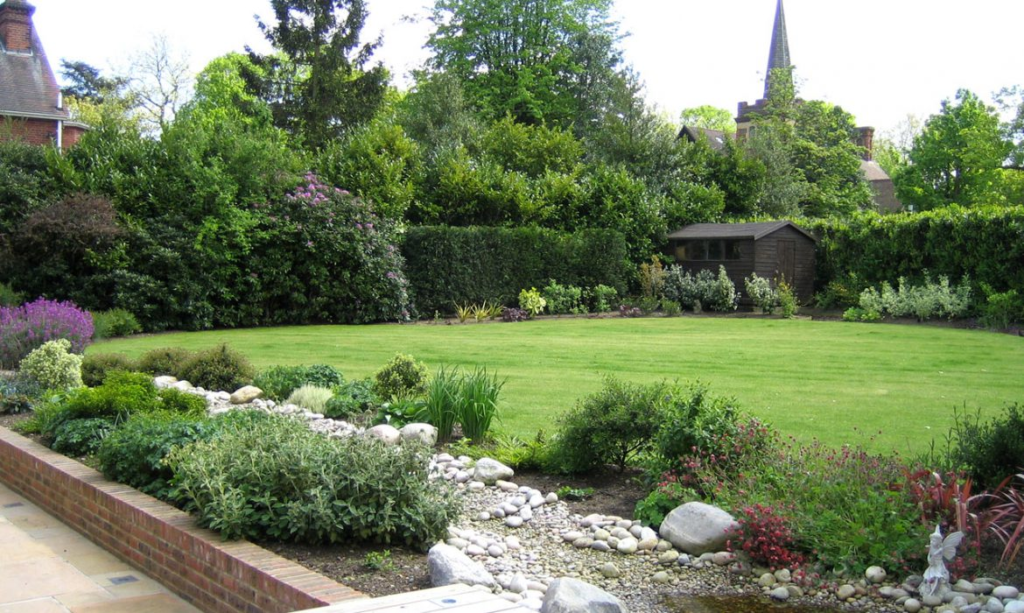Unknown Facts About Hilton Head Landscapes
Table of ContentsOur Hilton Head Landscapes IdeasSome Ideas on Hilton Head Landscapes You Need To KnowSome Known Incorrect Statements About Hilton Head Landscapes Some Of Hilton Head LandscapesThe Greatest Guide To Hilton Head LandscapesHow Hilton Head Landscapes can Save You Time, Stress, and Money.Indicators on Hilton Head Landscapes You Need To KnowThe Greatest Guide To Hilton Head Landscapes
Form compatibility is likewise a major component of unity in designone or two noticeably various types are excellent for contrast and emphasis, yet usually all various other types ought to have some similarities for an unified look. Appearance describes exactly how coarse or fine the surface area of the plant or hardscape product feels and/or looks.
Examples of plants with crude structure include philodendrons, agaves, bromeliads, hollies, hands, and hydrangeas. Hardscape with rugged texture consists of rough-cut stone, rough-finished block, and unfinished wood with knots and an elevated grain. Aged or old building material that preserves a weather-beaten surface is often crude in structure. Qualities that produce great structure include tiny foliage; slim, strappy leaves (yards) or tall, slim stems; small, thick twigs and tiny branches; long stems (vines); and tiny, fragile flowers.
The Ultimate Guide To Hilton Head Landscapes
A lot of plants are average structure, in that they can not be explained as having either rugged or great structure. Medium-textured plants act as a background to link and merge the rugged- and fine-textured plants.

To make a room really feel smaller sized, position the crude textures along the external border and the great appearances closest to the visitor. The information of the crude appearance makes the plants show up closer and makes the room really feel smaller sized. The viewed structure of plants can likewise change with the distance from the plant.
Indicators on Hilton Head Landscapes You Need To Know
Vibrant shades enhance the contrast and make the texture show up coarser, while soft colors can squash structure. Hardscape with a coarse texturesuch as very rough rocks and bold, huge timberstends to make all plant material show up a lot more medium distinctive. Designers frequently develop a structure study (Number 8) on paper to aid choose the arrangement of plant products.
Figure 8. Structure study. Shade in plant material and hardscape includes interest and range to the landscape. Color is the most obvious aspect in the landscape and is usually the focus of the majority of home owners; however, it is additionally the most momentary element, normally lasting just a few weeks a year for specific plants.
Unknown Facts About Hilton Head Landscapes
A basic summary of the shade wheel includes the three primaries of red, blue, and yellow; the three secondary colors (a mix of two primaries) of green, orange, and violet; and 6 tertiary shades (a mix of one surrounding key and second shade), such as red-orange. Shade concept explains the connection of colors to each other and how they should be utilized in a composition.

Analogous (in some cases called harmonious) color plans are any type of 3 to five colors that are nearby on the color wheel, such as red, red-orange, orange, yellow-orange, and yellow, or blue, blue-violet, and violet (hilton head landscapers). The colors belong to each other because they generally include two primaries blended to create an additional and two tertiary colors, which implies they share common homes
They have a tendency to have high contrast between them. The most usual collections are violet and yellow, red and eco-friendly, and blue and orange. Corresponding shades are commonly discovered naturally in flowers; a common set is yellow and violet. Shade is found in the blossoms, vegetation, bark, and fruit of plants.
Hilton Head Landscapes for Beginners
Eco-friendly foliage in all its numerous shades is the leading shade by quantity, yet other shades capture focus a lot more easily because of their high contrast to the shade green. Color is additionally found in buildings, rocks, pavers, timber, and furniture. A lot of shades in natural products, such as stone and timber, are usually muted and often tend to be variants of brownish, tan, and pale yellow.
Shades have buildings that can impact feelings, spatial understanding, light quality, equilibrium, and emphasis. Great colors often tend to be soothing and should be utilized in locations for leisure and serenity.
The Main Principles Of Hilton Head Landscapes
The "temperature level" of shades can also impact the understanding of range. Great shades have a tendency to recede and are viewed as being further away, making an area feel larger. Cozy shades often tend to advance and are viewed as being better, making an area feel smaller. Shade can also be utilized to capture attention and straight sights.
Intense yellow, which has the highest intensity, likewise has a high contrast with all various other shades (usually explained as a "pop" of color) and need to be utilized sparingly. A little amount of extreme color has as much aesthetic weight as a huge quantity of a much more restrained or weak shade.
Similar (in some cases called unified) color design are any 3 to 5 colors that are nearby on the shade wheel, such as red, red-orange, orange, yellow-orange, and yellow, or blue, blue-violet, and violet. The colors are associated per other since they normally consist of 2 primaries mixed to develop a second and 2 tertiary shades, which means they share typical buildings.
Hilton Head Landscapes Things To Know Before You Buy
They tend to have high comparison in between them. The most common collections are violet and yellow, red and eco-friendly, and blue and orange. Complementary colors are often located normally in flowers; a common set is yellow and violet. Color is found in the blossoms, foliage, bark, and fruit of plants.
Environment-friendly vegetation in all its numerous tones is the dominant shade by quantity, yet other shades catch focus quicker as a result of their high contrast to the shade eco-friendly - Landscaping bluffton sc - https://penzu.com/p/89c630f877ca924e. Color is also discovered in buildings, rocks, pavers, wood, and furnishings. Many colors in natural materials, such as rock and wood, are commonly muted and often tend to be variations of brownish, tan, and pale yellow
A Biased View of Hilton Head Landscapes
Shade is an important aspect for developing passion and selection in the landscape. Shades have homes that can influence emotions, spatial perception, light high quality, equilibrium, and focus. One home of shade is defined relative to temperaturecolors seem amazing or cozy and can impact feelings or sensations. Trendy shades tend to be calming and should be used in areas for relaxation and calmness.
The "temperature level" of colors can also affect the assumption of range. reference Great shades have a tendency to recede and are perceived as being further away, making an area really feel larger. Warm shades often tend to development and are viewed as being closer, making a room really feel smaller. Shade can additionally be utilized to record interest and straight sights.
Intense yellow, which has the greatest intensity, additionally has a high contrast with all various other colors (usually explained as a "pop" of color) and must be used moderately. A percentage of intense shade has as much visual weight as a big amount of a much more subdued or weak color.